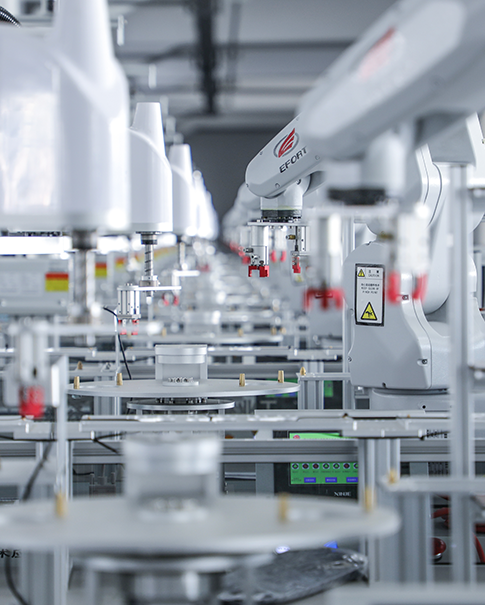The Food Safety Modernization Act (FSMA), enacted in 2011, marked a pivotal shift in food safety. Moving beyond reactive measures, FSMA emphasizes prevention, giving the FDA authority to regulate food production more rigorously. Achieving these high standards is challenging, but automation offers a way to simplify compliance while enhancing safety and efficiency.
Key compliance requirements include:
Preventive Controls
A written preventive control plan is essential. This plan identifies potential hazards, outlines preventive actions, and details corrective measures. Automation helps ensure continuous monitoring and updates, keeping the plan effective.
Record-Keeping and Documentation
Accurate records are vital for proving compliance during FDA inspections. Automated systems streamline this process, ensuring documentation is precise and always up-to-date.
Supply Chain Oversight
Maintaining supplier compliance is critical. Automation in supply chain management enhances transparency and ensures safety standards are consistently met.
Traceability and Recall Procedures
Automation improves traceability and recall processes, making them efficient and less prone to errors, which is essential for consumer safety.
The Role of Automation in FSMA Compliance
Automation technologies are revolutionizing FSMA compliance by reducing human error and ensuring consistency in safety protocols.
Automated Systems for Data Collection
These systems log critical data like batch numbers and temperature controls, ensuring compliance documentation is accurate and readily available.
Enhanced Process Precision
Automated production lines maintain consistent quality, minimizing the risk of deviations from safety standards.
Streamlined Audits and Inspections
Automated record-keeping makes it easier to demonstrate compliance during FDA reviews, saving time and resources.
Artificial Intelligence (AI) and machine learning enable predictive food safety measures by analyzing data to identify trends and anticipate issues.
Anomaly Detection
AI systems monitor production in real time, detecting deviations that could signal safety concerns. For example, unusual temperature fluctuations can trigger immediate corrective actions.
Predictive Maintenance
Machine learning algorithms predict equipment failures, allowing proactive maintenance and reducing the risk of disruptions that could compromise safety.
Robotics significantly enhances FSMA compliance by maintaining hygiene and precision in food handling and processing.
Automated Cleaning and Sanitation
Robots perform thorough and consistent cleaning, meeting stringent hygiene standards and reducing contamination risks.
Precise Food Handling
Robotic systems minimize human contact, ensuring safer handling and packaging of food products.
Continuous Monitoring
Sensor-equipped robots adjust environmental conditions in real time, such as restoring refrigeration temperatures to optimal levels.
While automation offers many benefits, its adoption comes with challenges:
High Initial Costs
Acquiring advanced automation systems involves significant upfront investment, including equipment, software, and infrastructure upgrades.
Technical Complexity
Integrating new systems with existing processes requires careful planning to ensure compatibility and seamless operation.
Workforce Adaptation
Employees must adapt to new workflows, requiring training and skill development to effectively manage automated systems.
With the Food Traceability Final Rule under Section 204 of FSMA taking effect on January 20, 2026, automation is no longer optional—it is essential. Technologies like AI, robotics, and blockchain are key to meeting stringent compliance standards while ensuring the highest level of food safety. By embracing these advancements, manufacturers can enhance their operations, reduce risks, and safeguard public health.
Investing in automation today sets the foundation for a safer, more efficient, and compliant future in food production.
Email us
Reply within one working dayVisit us
32D Guomao Building, No.388, Hubin South Road, Siming DistrictDisclaimer : Salesplc sells new and surplus products and develops channels for purchasing such products. This website has not been approved or recognized by any of the listed manufacturers or trademarks. Salesplc is not an authorized distributor, dealer, or representative of the products displayed on this website. All product names, trademarks, brands, and logos used on this website are the property of their respective owners. The description, explanation, or sale of products with these names, trademarks, brands, and logos is for identification purposes only and is not intended to indicate any association with or authorization from any rights holder.
Copyright @2024 SalesPlc Limited. Sitemap
/ Blog
/ XML
/ Terms And Conditions
/ Privacy Policy
 Network Supported
Network Supported
